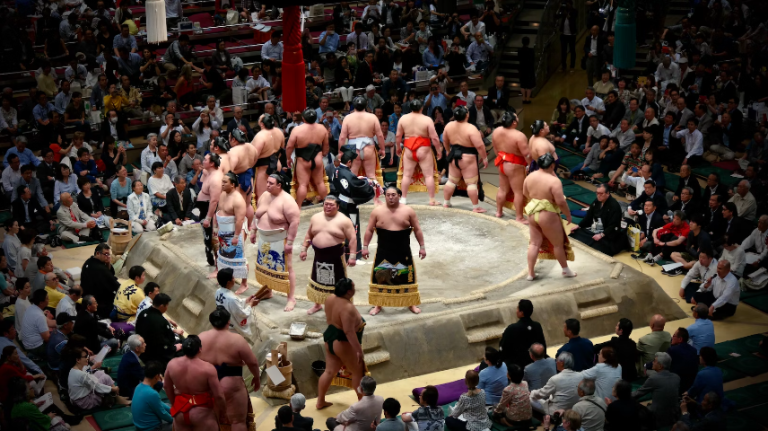Sumo wrestling has long captivated fans with its larger-than-life competitors and ritualistic traditions. For those who follow the professional circuits, wagering on bouts can make the viewing experience even more engaging. However, effectively analyzing sumo wrestlers and their techniques is key to making informed bets. This article examines critical factors to evaluate when handicapping sumo matchups and provides insights into strategic betting on this ancient sport.
Evaluating Wrestler Rank and Experience
The highest echelons of professional sumo are divided into divisions called makuuchi and jūryō. Wrestlers in the top makuuchi division compete for the most prestigious championships and have the most matches televised or live-streamed. The rankings in this division are called banzuke and are determined by a wrestler’s performance in sanctioned tournaments. Analyzing the banzuke and wrestlers’ trajectories – whether rising or falling – provides crucial context on athletes’ current form. Additionally, while youthful wrestlers boast speed and agility, veterans excel in technique and psychological tactics. Reviewing wrestlers’ experience levels can help predict how they may fare.
Wrestler Rank and Experience Factors for Betting Analysis
| Factor | Description |
|---|---|
| Banzuke ranking | The official ranking system which divides wrestlers into divisions and ranks; a key indicator of recent performance |
| Ranking trajectory | Whether a wrestler’s banzuke ranking is rising or falling can reveal their current momentum |
| Makunouchi vs. Juryo | The top division (makuouchi) contains higher ranked athletes; juryo is the next tier below |
| Youth vs. veteran | Younger wrestlers may have speed/agility advantages; veterans excel in technique/tactics |
| Years active | Longer careers give more experience but can indicate slowing reflexes |
| Previous championships | Top title winners likely possess strong skills; analyze how long ago their titles were |
| Win ratios | Career and recent win percentages indicate historical success |
Assessing Fighting Styles and Win/Loss Records
There are distinct fighting styles that sumo wrestlers utilize in competition. Examining competitors’ preferred techniques like pushing, thrusting, grappling and throwing can offer insights into their strengths and weaknesses. For example, wrestlers who rely on pushing and thrusting may struggle against opponents with superior footwork and balance. Similarly, understanding if wrestlers favor certain grip styles and stances in the tachi-ai initial charge can reveal vulnerabilities to exploit when betting.
In addition to rankings, sumo wrestlers’ performances in the six annual Grand Tournament circuits and against different opponents should factor into betting strategies. Unexpected losses or difficulties facing particular rivals are red flags even for top-ranked athletes. Conversely, rising stars recording wins in tournaments where higher-ranked wrestlers falter deserve consideration as smart wagers. Comparing wrestlers’ results across tournaments and opponent types illuminates who is competing well consistently.
Accounting for Injuries and Absences
As with any sport, injuries and illnesses can significantly impact a sumo wrestler’s capabilities in the dohyo. When wagering, it is critical to assess if athletes are competing at less than 100% and factor risks like re-aggravating chronic issues or lingering effects from time off. For example, knee issues may impair movement while respiratory illnesses can limit stamina. Being aware of wrestlers’ injury and absence history – even if downplayed publicly – ensures bets account for their current condition.
In brief, when evaluating sumo wrestlers, it is also important to consider their training regimen and lifestyle factors. A wrestler’s fitness, strength training, nutrition, and rest habits directly impact their performance in the ring. Wrestlers who maintain disciplined diets and rigorous workout routines tend to have greater stamina and fewer injuries. Researching or observing a wrestler’s daily training can provide additional context on their physical capabilities and mindset heading into key matches. Some veteran wrestlers become complacent and do not train as diligently between tournaments, which could signal potential struggles. Younger, hungrier wrestlers may be working tirelessly to prepare for their shot at glory. How wrestlers spend their time outside tournaments should also be examined. Activities like drinking, partying, or other pursuits can distract from single-minded focus on sumo greatness. When betting, always factor the full scope of preparation and lifestyle choices that enhance or diminish a wrestler’s chances in the dohyo. With sharp analysis of training dedication, essential insights can be gained.





+ There are no comments
Add yours